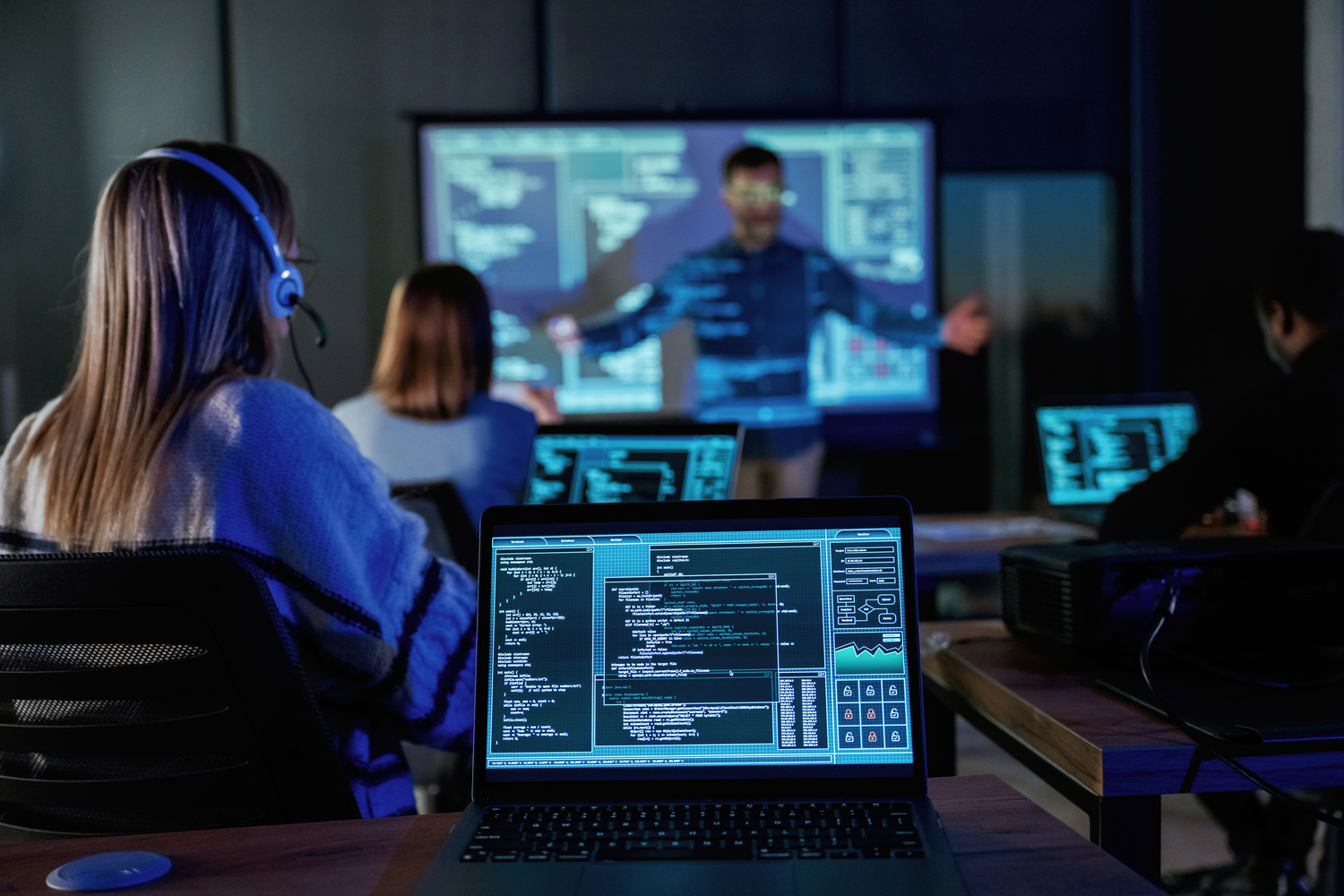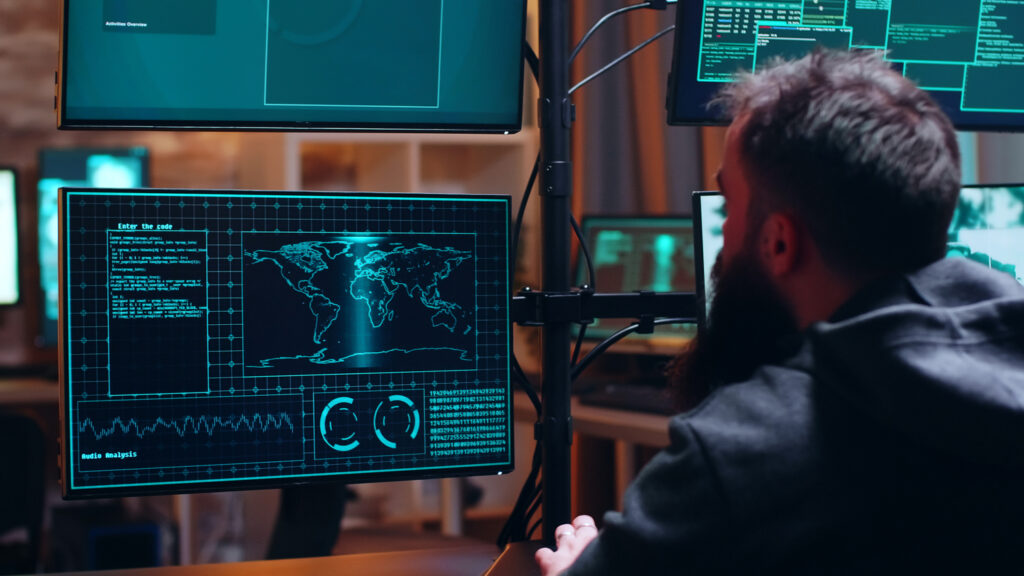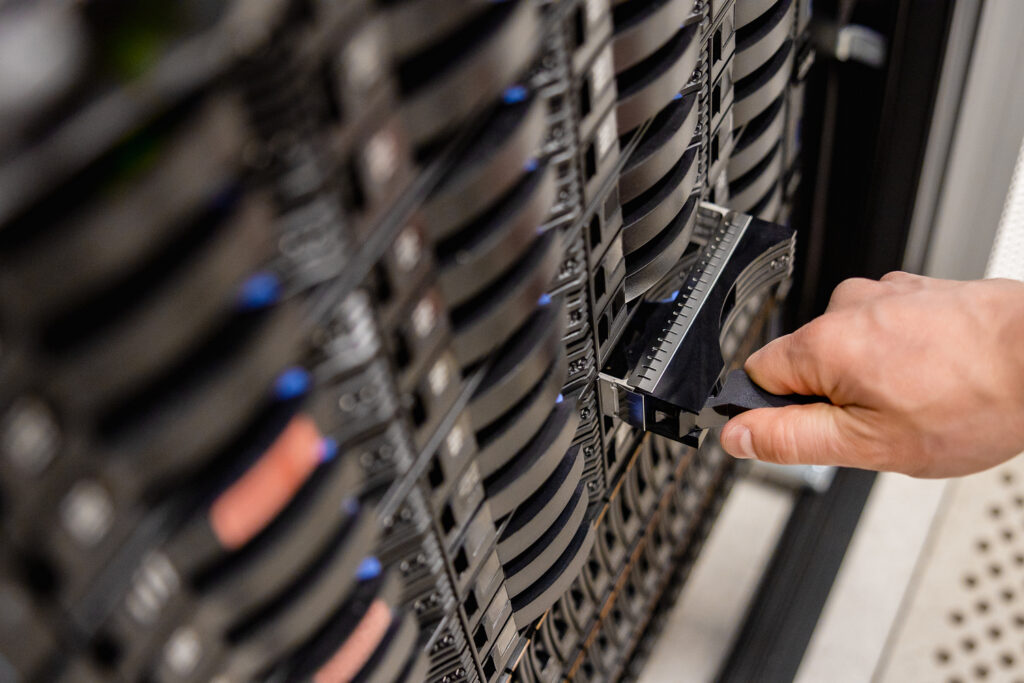Phishing attacks are one of the most common cybersecurity threats that individuals and organizations face today. These attacks often involve fraudulent emails, which appear to be from reputable sources, that aim to trick recipients into revealing sensitive information such as usernames, passwords, and credit card details. The attackers may also use these emails to deliver malware to the recipient’s computer. Given the potential harm, it is essential to understand how to analyze emails to prevent falling victim to these attacks.
The Importance of Email Analysis in Cybersecurity
Analyzing emails is a crucial aspect of cybersecurity, especially in light of the increasing sophistication of phishing attacks. Email analysis involves scrutinizing the various components of an email to determine its authenticity and intention. By doing so, it helps to identify potential threats and prevent them from causing harm. Organizations, in particular, need to adopt comprehensive email analysis strategies to protect their sensitive data and systems from phishing attacks.
The 5 W’s: A Comprehensive Email Analysis Approach
A comprehensive approach to email analysis can be achieved by applying the 5 W’s principle: Who, What, When, Where, and Why. This approach involves asking key questions about the sender of the email, the content of the email, the timing of the email, the source of the email, and the purpose of the email. By answering these questions, users can gain a deeper understanding of the email and make informed decisions about its legitimacy.
Detailed Explanation of the 5 W’s for Email Analysis
The first W, ‘Who’, involves identifying the sender of the email. This requires checking the email address and comparing it with known, trusted addresses. The second W, ‘What’, requires analyzing the content of the email, including any links or attachments, for signs of phishing. The third W, ‘When’, involves considering the timing of the email – unexpected or unusual timings may be suspicious. The fourth W, ‘Where’, requires checking the source of the email, including the IP address and country of origin. Finally, the fifth W, ‘Why’, involves considering the purpose of the email. If the email requests sensitive information or prompts the user to take an action, it may be a phishing attempt.
Practical Examples: Applying the 5 W’s to Real Emails
Consider an email claiming to be from a bank, requesting the user to update their account details. By applying the 5 W’s, the user can analyze the email. ‘Who’ – is the sender’s email address identical to the bank’s official email address? ‘What’ – does the email contain suspicious links or attachments? ‘When’ – was the email sent at an unusual time? ‘Where’ – does the email’s source match the bank’s location? ‘Why’ – why is the bank asking for sensitive information via email?
Phishing attacks involve deceptive emails aiming to steal sensitive information or deliver malware, making email analysis a crucial cybersecurity practice. By applying the 5 W's—Who, What, When, Where, Why—individuals and organizations can better scrutinize emails to determine their legitimacy and protect against potential phishing threats.
Conclusion: Enhancing Security through Email Analysis
In conclusion, the 5 W’s approach provides a comprehensive and effective method for analyzing emails and preventing phishing attacks. By understanding who the email is from, what it contains, when it was sent, where it originated, and why it was sent, users can make informed decisions and protect themselves from potential threats. In today’s digital age, where phishing attacks are increasingly common, implementing such strategies is not only beneficial but essential for maintaining cybersecurity.



